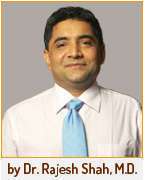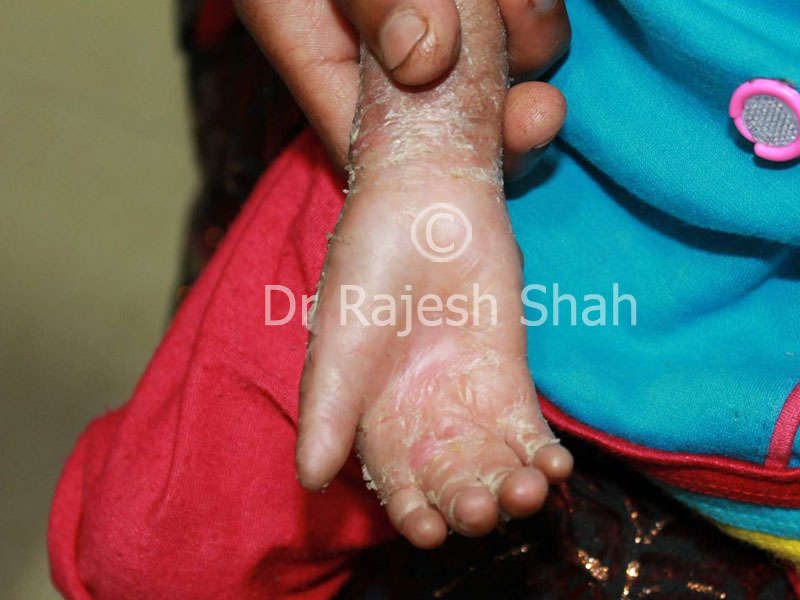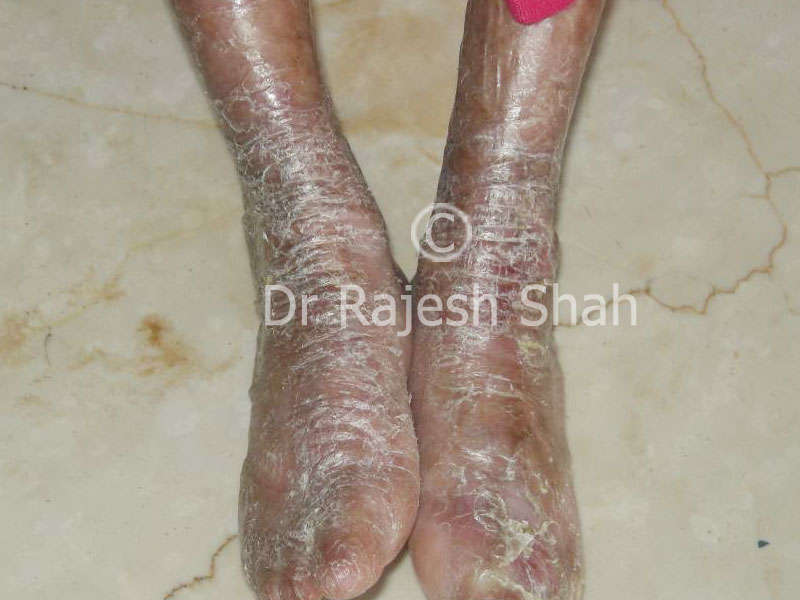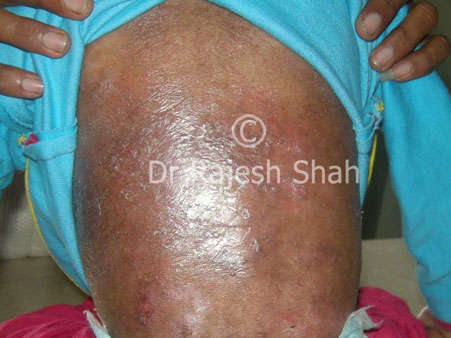
Homeopathic Treatment for Epidermolysis
Epidermolysis Bullosa (EB) is a chronic, rare genetic disease observed in children, where the skin has a tendency to form blisters. EB is understood to be a connective tissue disorder, where some bonding proteins lead to inflammatory changes on the skin, forming blisters. One of the major complications of this disease is cancer of the skin.
Photograph of a child with Epidermolysis Bullosa showing Blisters on the skin
This condition begins soon at birth or a few days after birth. These children are referred to as Butterfly’s wings or cotton wool babies due to their specific skin appearance.
It mainly involves the skin and the mucous membrane. Skin becomes very sensitive and delicate. Due to the brittleness of skin, such children are often called Cotton Wool babies. About one in 50000 children get affected with this disease
Variant: 4 Types:
- Dystrophic EB
- Hemidesmosomal EB
- Junctional EB
- Epidermolysis Bullosa Simplex


Cause:
All types of EB are genetic (inherited). Having a family history of the disease and specially having parents with it, is a risk factor for the disease. As said earlier, it is a connective tissue disorder, governed by genetic factors.
Distribution:
The distribution of the blisters is generalized but the extremities are most frequently affected, the flexor sites being involved.
The other sites being: mouth, throat, and esophagus.
Signs and symptoms:
- There is continuous blister formation on the skin.
- The Blisters can occur anywhere on the skin mostly involving the extremities. The blisters can involve the mucous membrane like mouth, throat, and esophagus causing difficulty in swallowing and feeding problem.
- These blisters can be caused due to slightest trauma. They can also be triggered due to extreme temperature changes like extreme warm weather.
- The blisters can increase during the sexual maturation age (puberty).
- The skin is so sensitive is called ‘Fragile skin’.
- There is thickening of the skin on palms and soles.
- There is deformity in the nails presenting with the formation of curved nails.
- There is an appearance of milky white spots called as Milia on the face.
- The appearance of the skin is varied in color with scaling and Post inflammatory hypopigmented spots or Post inflammatory hyperpigmented spots.
- The patients of EB are more prone to any form of secondary bacterial infection.
- They are prone to having Alopecia Areata patches and dental problems like easy tooth decay.
- They can have Respiratory symptoms like hoarse cry, cough or breathing difficulty.
- They can have contractures in the joints.

Diagnosis:
- Mostly diagnosed clinically by expert eyes.
- A biopsy may be required to confirm the diagnosis.
- Immunohistochemistry and a Genetic study will help in giving a confirmed diagnosis about the type of EB and its progress.
- Other blood tests required:
- Like CBC for anemia.
- A culture is done to test for bacterial infection if wounds are healing poorly.
- Upper endoscopy may be required in order to check for any blisters in the esophagus.
Conventional treatment:
A) Primary care:
1) To take good care of the skin.
- In order to prevent any secondary infection of the blisters.
- For proper wound healing.
- To prevent injury or trauma to the skin.
2) To advise soft or semi-solid food so as to prevent the formation of sores in the oral mucosa and esophagus.
B) Secondary care:
- These patients require good dental hygiene including visiting the dentist regularly.
- They need a proper nutrition, especially when there is an excess of blisters, one may need extra calories and proteins to recover faster.
- They may require physiotherapy in order to improve the full range of movements in the joints and prevent the formation of contractures.
- Skin grafting may be required in case of severe blisters.
- They make require management of the electrolyte and fluid imbalance.
C) Genetic counseling:
- Genetic counseling is recommended for prospective parents who have a family history of any form of the EB. The chance that an affected person will pass the disease-causing mutation to each child is 50 %.
- Prenatal testing: During pregnancy chorionic villus sampling can be done in 8-10 weeks of pregnancy to test the fetus.
D) Agents to avoid:
- To avoid any sort of infection or trauma to the skin.
- To avoid poorly fitting or coarse-textured clothing and footwear.
- Avoid physical activities that can traumatize the skin.
Prognosis:
Patients of EB have limited life span due to complications and require continuous medical supervision.
Complications:
- Anemia
- Esophageal stricture
- Muscular dystrophy
- There may be severe malnutrition due to difficulty in feeding resulting in difficulty to thrive
Homeopathic treatment:
There is scanty homeopathic literature available to us based on experience. We, at Life Force, have registered nine cases of EB (as of November 2018). We will share experience on a later date. However, based on our experience with the treatment of various chronic diseases, connective tissue disorders (such as muscular dystrophy, polymyositis) and genetically mediated diseases, we can say that homeopathy will have some supportive role to play and that must be explored in every case of Epidermolysis Bullosa. We recommend homeopathy in association with the conventional treatment.
Related conditions: Muscular dystrophy, Polymyositis, Pemphigus vulgaris
Written & Approved by-
Dr. Rajesh Shah
M.D. (Hom.)